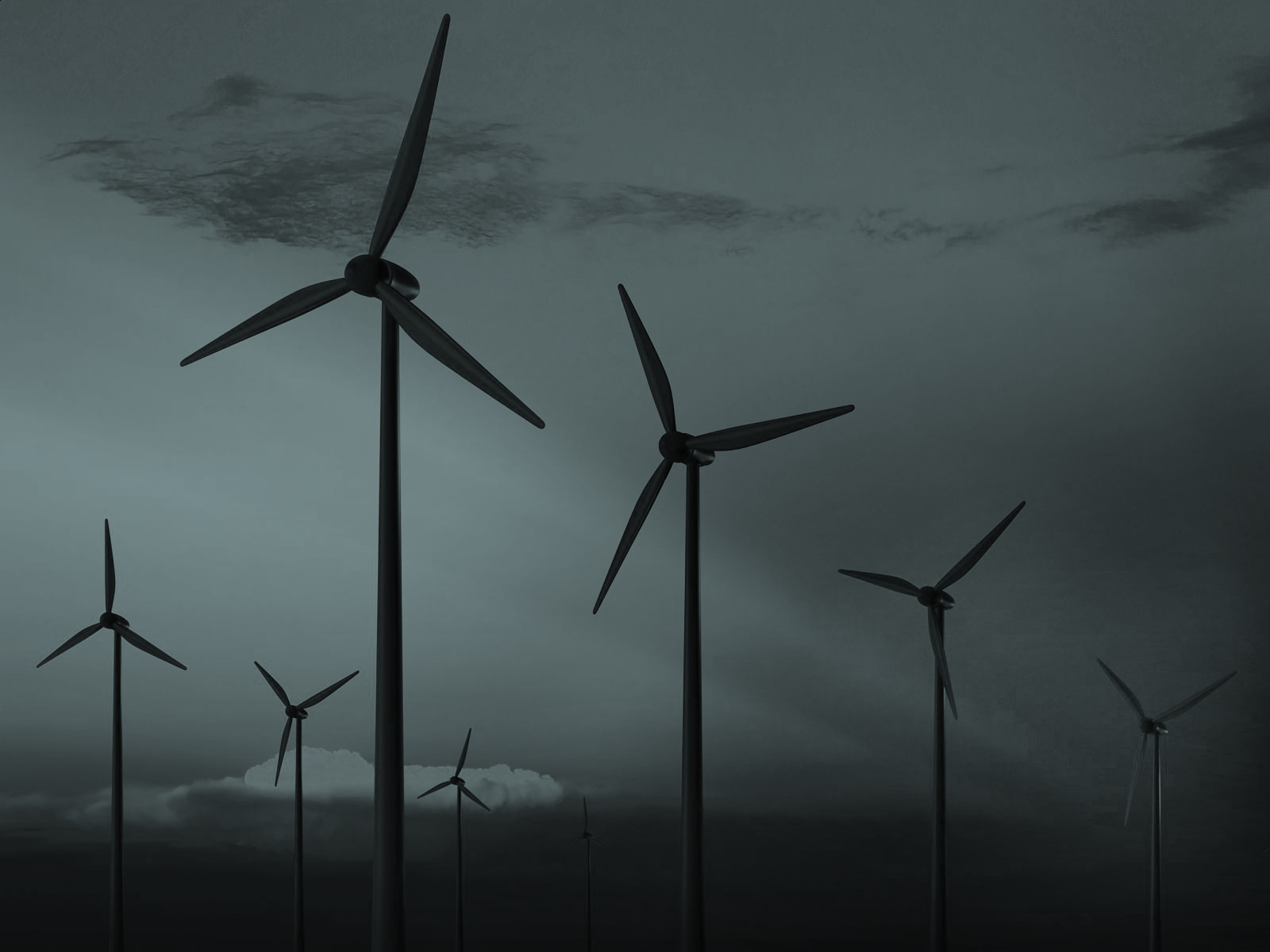The two most commonly used phrases at the Lima COP in December 2014 were adaptation and mitigation. In climate change terms mitigation is what we must do immediately if we are to avoid catastrophic climate change, whereas adaptation is something we have to do in the future as residual climate change starts to manifest itself.
The sense I had at the conference was that adaptation was more present in discussions than before. However Barbara Buchner of the Climate Policy Initiative put that into perspective when she presented the Global Landscape of Climate Finance in 2013 report. Current flows of climate-related investments of US$359bn per annum are just a small fraction of what’s needed according to Ms Buchner, but they are hugely biased towards mitigation, with just 6% going to adaptation.
So why is it more difficult to attract funding into adaptation than mitigation? Firstly there is an inbuilt sense of urgency for mitigation investment to avoid catastrophic warming. But this ignores that climate change is underway and its effects are being felt, first and foremost, by the very poor who are least able to cope.
Secondly how do we define what adaptation actually is? Good adaptation practice enables people to adjust to future changes that might not yet be predicted. In East Africa, for example, we know temperature will rise, but current models are unable to predict whether this will result in a wetter or drier climate. For a poor farmer, adaptation means having adequate access to technology, such as research on smallholder farmers’ needs as climate change plays out, accurate long range weather forecasts, and early warning systems for natural disasters. Adaptation also requires financial resilience built on micro-insurance products or communal savings, to cover loss due to drought or floods.
In other words, good adaptation is often indistinguishable from sustainable development, that is, working with poor communities to create long-term improvements to their living conditions.. And therein lies a fundamental problem; how do you identify and manage additional funding required for adaptation beyond normal development budgets? Climate change is, in effect, an additional charge on development. Poor farmers on marginal soils have always been vulnerable to short-term adverse weather patterns. Climate change increases that vulnerability. Slum dwellers have to occupy land left vacant for the very reason it is poorly drained or on steep slopes and susceptible to landslides and flooding. Climate change and the associated increase in extreme weather events will just increase their risk.
We currently have two climate change financing challenges. One is to secure enough funding into the Green Climate Fund, a mechanism set up to help developing countries fight climate change, to help countries cope with new weather patterns. The other is to ensure the amount of funding allocated to climate adaptation increases dramatically. Both challenges are at the heart of the divide that still exists between developing and developed nations at climate talks. Both will have to be resolved before a climate agreement that has any hope of keeping global warming below two degrees can be delivered in Paris in December 2015.
The views and opinions expressed in this article are those of the authors and do not necessarily reflect the views of The Economist Intelligence Unit Limited (EIU) or any other member of The Economist Group. The Economist Group (including the EIU) cannot accept any responsibility or liability for reliance by any person on this article or any of the information, opinions or conclusions set out in the article.




